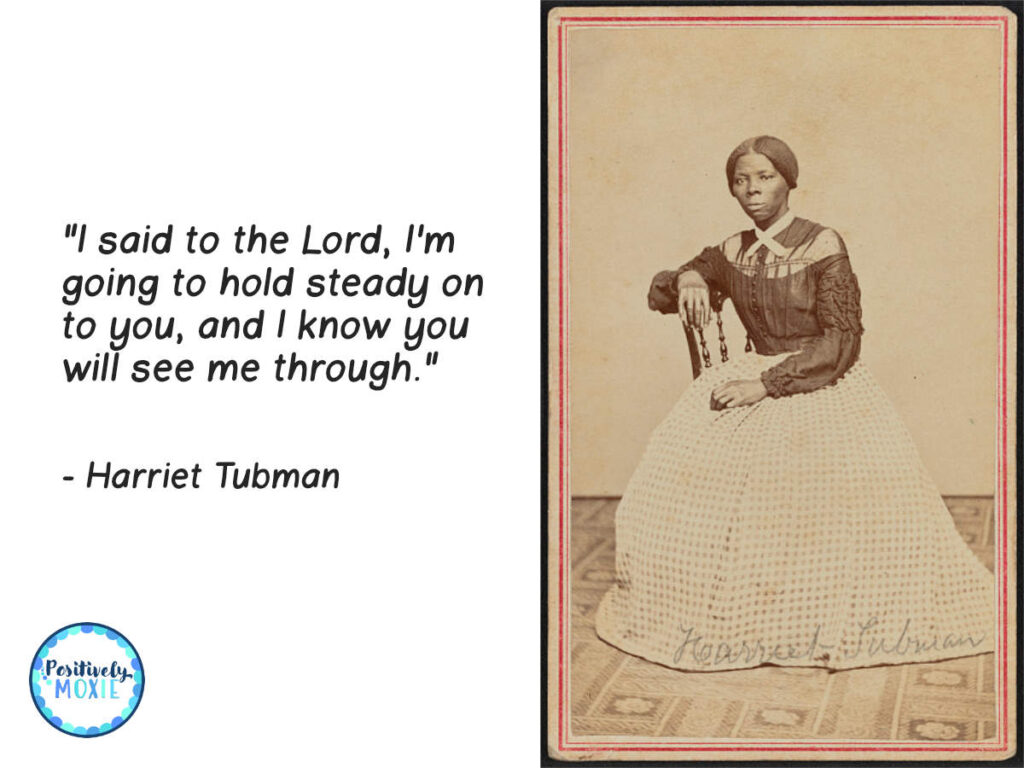
We all want our children to be brave. Here are 4 ways to teach kids how to be brave:
1. Be a Role Model
The best way for us to teach kids how to be brave is for us to be brave. They are always watching what we do, and what we do speaks louder to them than anything we say. When children see us push to the edges of our comfort zone to try something new or to take on a new challenge, they are more likely to challenge themselves. Some examples include telling the truth when it would be easier to lie, signing up for a fun cooking class or learning something new, or working up the courage to apologize when we have caused harm.
2. Discuss what Bravery Really Means
It is easy for kids to get mistaken ideas of what bravery means. Bravery does not mean being fearless; bravery is much more complicated. It is important for us to teach how people can be scared and brave at the same time. Bravery is defined as not shrinking from threat, challenge, difficulty, or pain, speaking up for what is right, and acting on convictions even if unpopular. Notice that fearless is not in the definition of bravery. Our children will understand how to be brave when they first understand what it truly means and what it looks like in real life.
3. Ask Questions
Bravery can come in many forms – it is not always glamorous or attention-seeking. For some students, bravery means raising their hand to ask a question in class. Bravery might look like walking across the cafeteria to eat lunch with someone who is sitting alone. Or bravery could mean speaking up for something or someone who needs support. It takes bravery for students to follow their convictions to do what is right, knowing they might jeopardize their social standing.

4. Embrace risk…and sometimes failure
Encourage kids to try new things and to move forward with a growth mindset. This might involve trying a new sport, going for a speaking part in the school play, or signing up for a class to take something out of their comfort zone. Let them know that it’s okay not to feel perfectly prepared. My friend’s father once told her that he had never felt totally prepared for any job he took, but he took it anyway. I often think of his advice as I leap forward with a new opportunity. We learn as we go. Encourage students to take the leap and to learn as they go.
Failure is sometimes an important and necessary part of the learning process. With the right attitude and plenty of reflection, failure can teach us a lot.
5. Tell Stories of Bravery
We can teach kids how to be brave through our stories of resilience. It is helpful to tell kids stories of bravery about yourself, others in the family, or even friends who faced difficult times and had to brave it. Family stories are also intriguing. Let children know they come from strong people who persevered and made it through difficult times. It comforts them that they are not the first ones to struggle and gives them perspective. This can give students hope that they can also be brave and strong.
There are plenty of real-life role models outside of the family as well. There are many stories of brave people and brave acts throughout our history. Head to the local library or bookstore and check out non-fiction books about people who showed bravery.
One such example is Harriet Tubman. When Tubman decided to escape slavery, no one else was able to come with her and so she went alone. She faced dark, chilly nights, and rugged terrain, and the threat of violence to finally reach safety and freedom. Tubman’s real-life story of survival and triumph can be inspiring to kids.

A Lesson to Teach Kids How to Be Brave
We were so inspired by Harriet Tubman’s story that we created a lesson to celebrate her bravery. Our lesson contains a two-page summary of her life and comprehension questions. It also contains a number of activities to help students connect with bravery. Students will dig deep into defining bravery and connecting it to their lives. This lesson has it all – a captivating true story of an American hero, a deep analysis of the meaning of bravery, and fun activities to further their study of bravery and the Underground Railroad.


